Views: 0 Author: Site Editor Publish Time: 2025-03-10 Origin: Site
Thinking about giving your kitty some of the extras off your plate? Or purrhaps you’re cooking up a gourmet meal just for your best bud.
Before you start sharing, be sure you know what foods are okay for your cat, and which aren’t. While it may seem only logical that your little guy can enjoy the same food you do, that’s not always the case.
Check out this list we’ve compiled of foods that are and aren’t okay to feed your cat.
And before you continue…Remember, each cat is different and may need different food or diet requirements, so you should contact your veterinarian before changing their diet.
Cats are obligate carnivores, which means that they need meat to live. Meat is a great source of protein for your cat. However, too much fat can give your cat a stomachache, so make sure to trim off any excess fatty portions beforehand and to cook all meat thoroughly before you feed it to your cat*.
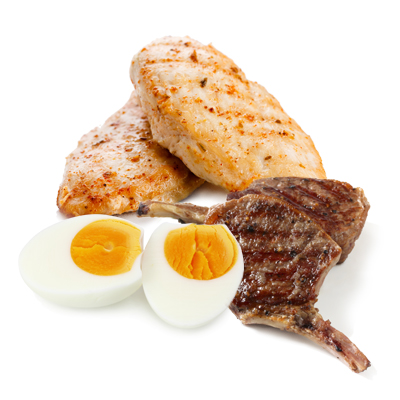
Proteins your cat can enjoy:
Skinless Chicken (The best!)
Lean Beef
Liver
Lamb
Lean Deli Meats
Cooked Eggs
* If you are considering a raw diet because of its health benefits, consult a veterinarian beforehand.
Because cats are carnivorous, you don’t want to feed them too many veggies. But that doesn’t mean the occasional green bean or cucumber slice can’t make for good snack. An added benefit is that vegetables can also help with digestive issues.You’ll want to make the food cat-friendly of course…get mashin’.
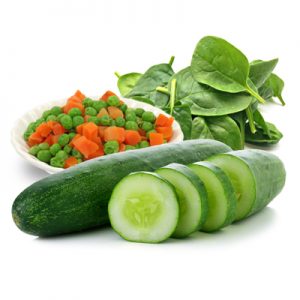
Veggies you can give your cat to snack on:
Pumpkin/Squash
Peas
Cucumber
Cooked or steamed
Carrots
Broccoli
Asparagus
Green Beans
Spinach**
** Don’t feed your kitty spinach if it has had any urinary or kidney problems because spinach can cause crystals to form in the urinary tract.
Cats are experiencing an obesity problem in the United States, so make sure not to give your furry friend too much of these high-carb foods! However, a little bit as a treat every once in a while is okay!
Some cats won’t like to eat certain grains or foods, so try giving them a sample before giving them a full snack.
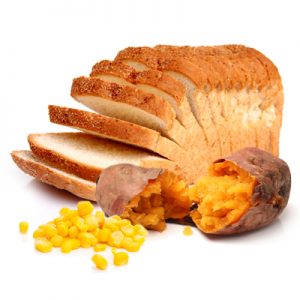
Grains your cat can nibble on:
Cooked Corn/Polenta
Couscous/Millet (Many cats like the tiny texture of these grains)
Bread/Breadcrumbs
Oatmeal (Plain oats are high in protein!)
Some cats don’t enjoy the “sweet” flavor, but if your feline does, you can make some fun treats with fruit! Similar to veggies, fruit can also help if your kitty is having digestive issues.
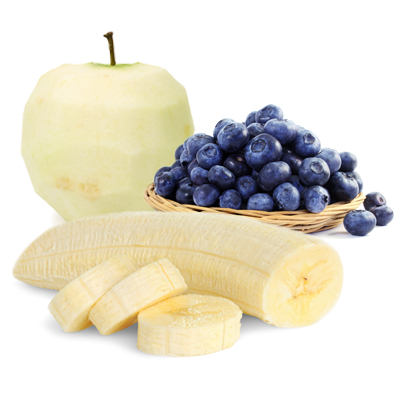
Fruit your cat can enjoy:
Bananas (Can be frozen and blended to make a creamy texture)
Blueberries (Raw or frozen)
Watermelon/Cantaloupe/Honeydew (No seeds!)
Peeled Apples
As they age, cats may become lactose intolerant, so make sure to only give small amounts of dairy foods to your cat.
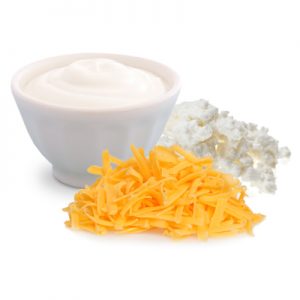
Dairy items your cat can try:
Hard Cheeses (Cheddar, Gouda, etc.)
Low Lactose Cheeses (Cottage Cheese)
Yogurt (Plain, Low-Fat)
Here’s a list of some foods you should steer clear of when you’re feeding your cat:
Fat Trimmings
Garlic/Onions
Coconut Milk
Alcohol
Caffeine/Coffee
Grapes/Raisins
Seeds
Raw Fish
Bread Dough
Nuts
Chocolate
Cooked Bones
Milk
Chives
Candy/Gum
Human Medications/Supplements
Xylitol (artificial sweetener)
If you are using human food as a treat for your cat, make sure to only give them about 20 calories a day, so they won’t start to gain excess weight.